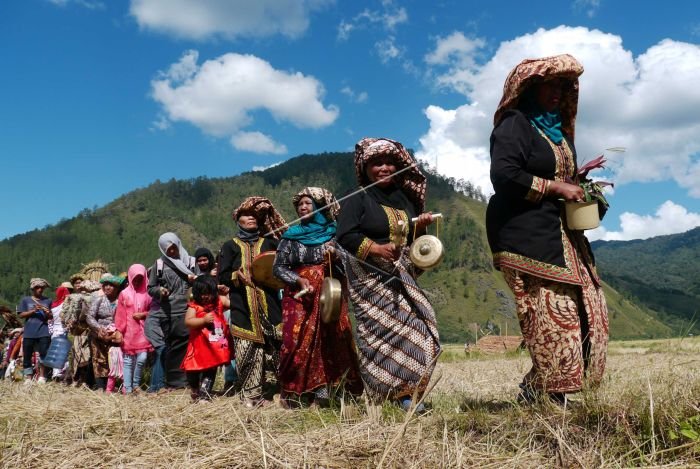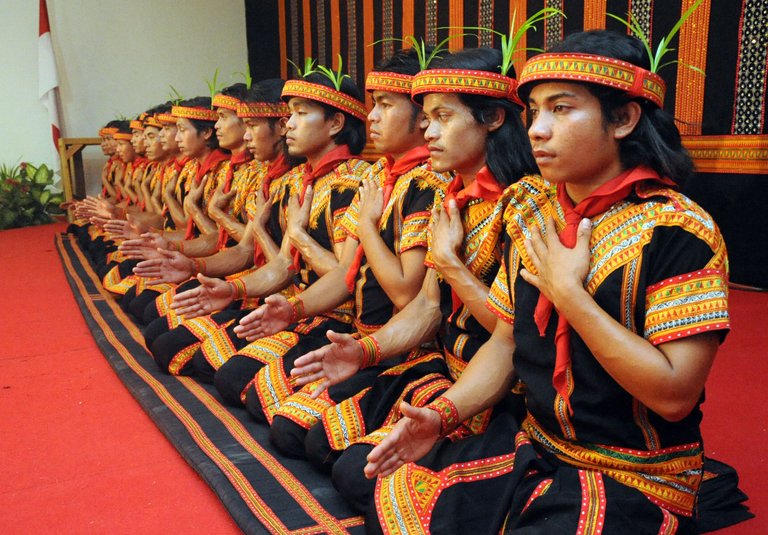Gongs play an important role in the spiritual and cultural life of ethnic minority communities residing in the Central Highlands of Vietnam such as Ede, Gia Rai, Bana, Xo Dang,... Gong cultural space gongs in this region span many provinces, 17 different communities, closely linked with daily life and the cycle of the seasons of the year. The belief systems surrounding the gongs create a mystical world where they create a special language between humans, gods, and the supernatural world, making them an integral part of identity. and cultural heritage of the region.

The meaning of gongs in the highlands of Vietnam is emphasized by its association with spiritual beliefs and religious practices. Behind each gong is a god or some supernatural entity attached to it. This belief system forms a unique cultural landscape that celebrates the power of music and sound. Gongs are considered sacred and are used in various rituals and ceremonies, including funerals, weddings, harvest festivals, and other important events.
The use of gongs is not only limited to religious ceremonies but also as a tool of communication between different communities. For example, during the harvest season, the sound of gongs is used to signal the start and end of a working day, as well as to announce important events and gatherings. Gongs are also symbols of social status and are often used as a way to express the wealth and power of a community.
Gongs are usually made of brass or bronze and come in a variety of sizes, each with its own unique sound. Larger gongs produce a deep and resonant sound, while smaller gongs have a higher pitch. The sound of the gongs is produced by tapping them with a mallet, and the rhythm and tone are determined by a combination of different sizes and types of gongs.
The cultural significance of gongs in the Central Highlands of Vietnam has been recognized by UNESCO and recognized as an oral and intangible masterpiece of humanity. The title acknowledges the importance of preserving this unique cultural heritage, which has been passed down from generation to generation for centuries.
Despite their importance, the use of traditional gongs has been threatened by rapid modernization and urbanization in the region. Many young people are no longer interested in learning the art of beating the gong and playing the gong, the traditional knowledge associated with this profession is in danger of being lost. However, efforts are being made to preserve this heritage by organizations such as UNESCO, which have worked with local communities to promote and preserve the use of traditional gongs.
The space of gong culture in the Central Highlands of Vietnam is an integral part of the region's identity and heritage. Gongs are not only a means of communication, but also a powerful symbol of spiritual beliefs and the social status of the community that uses them. The importance of preserving this heritage is indisputable and concerted efforts are required to ensure that the traditional use of gongs is passed on to future generations. Today I was fortunate to attend a gong performance by the Xo Dang ethnic minority for the new rice season in Kon Chenh village, Mang Cang commune, Kon Plong district. I hope the next generations will continue and have the good fortune to enjoy this great performance.
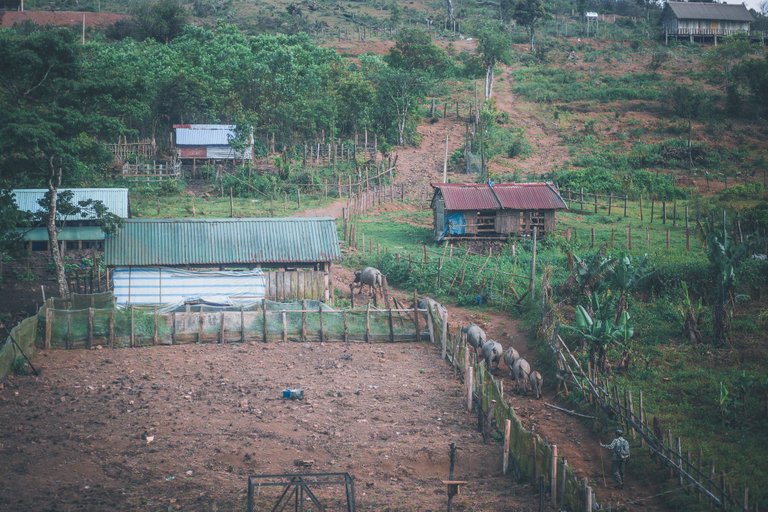



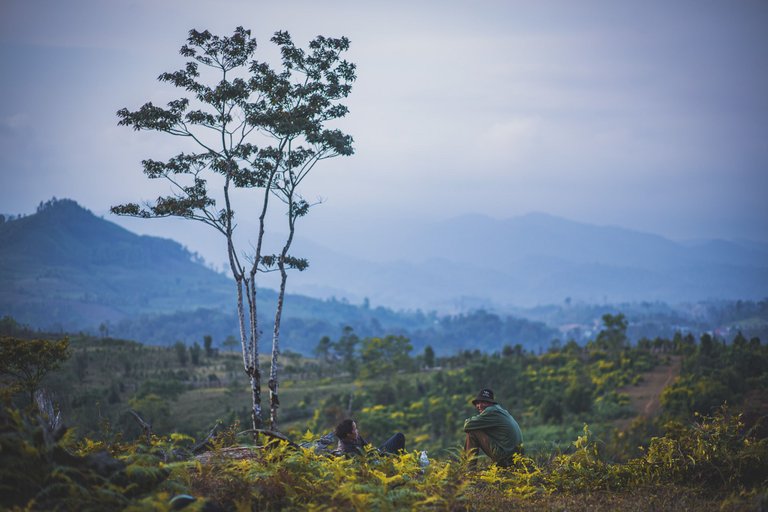




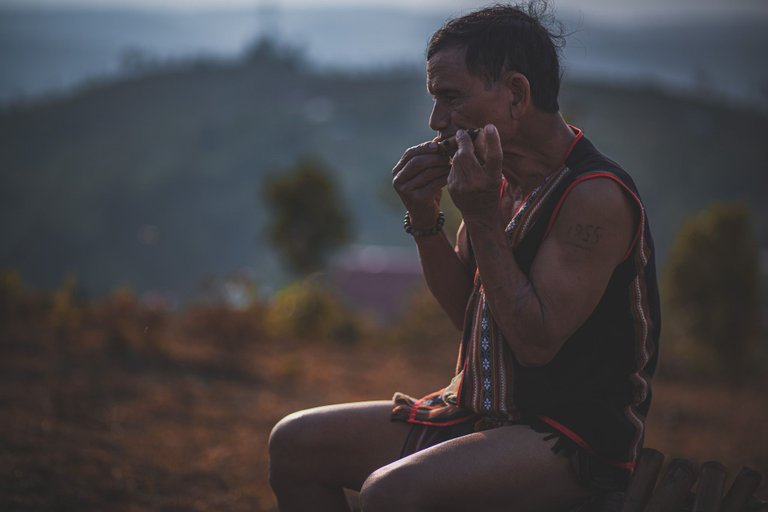



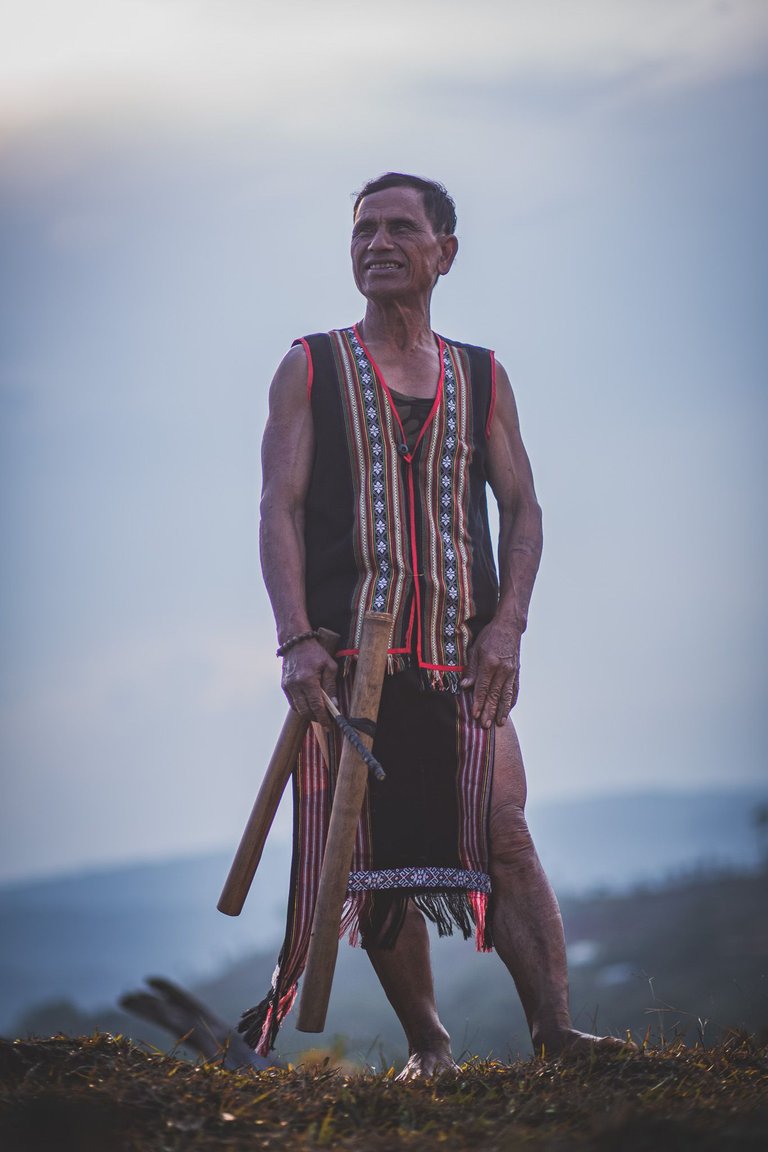


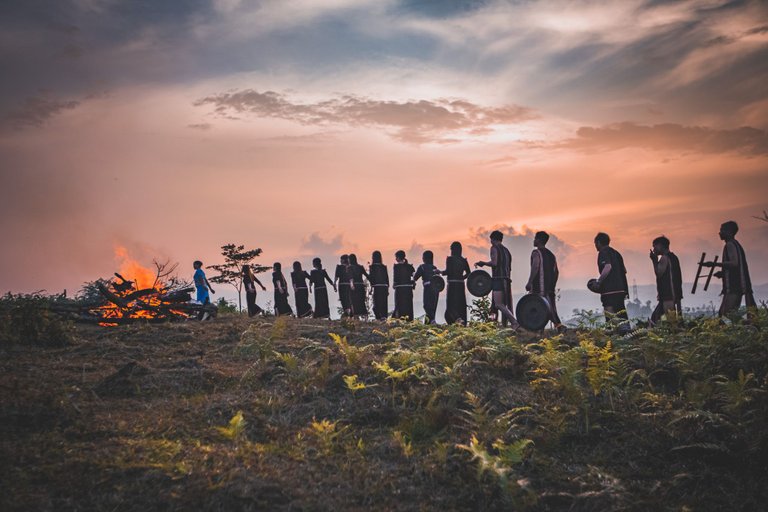



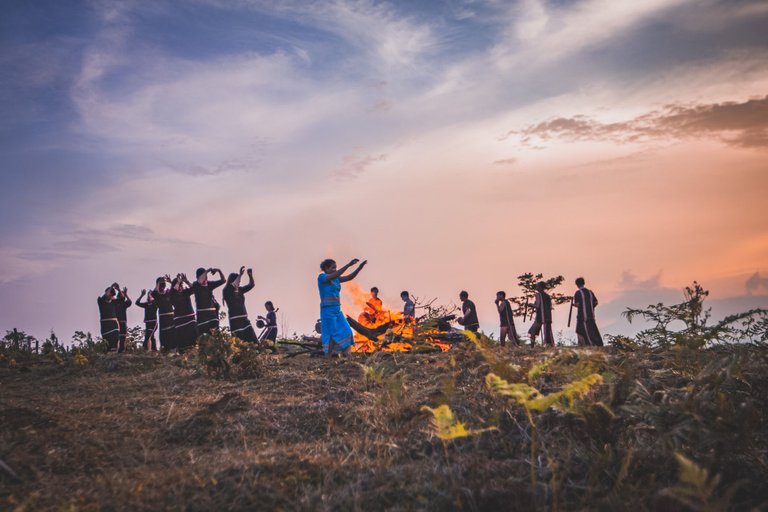

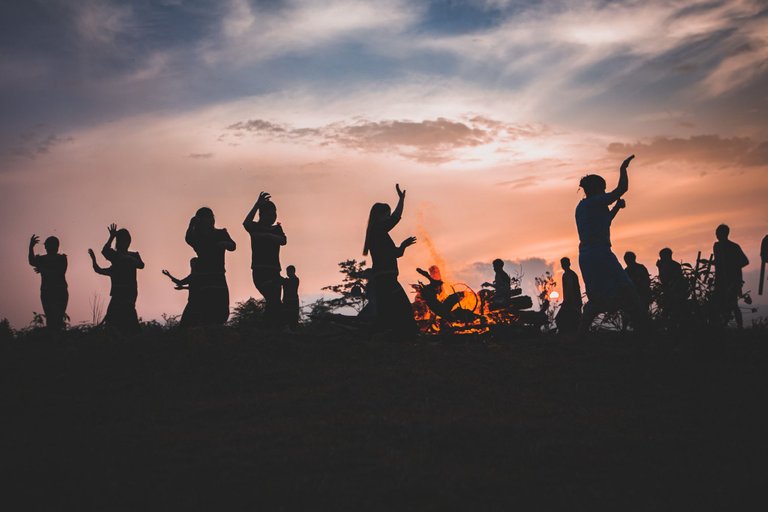




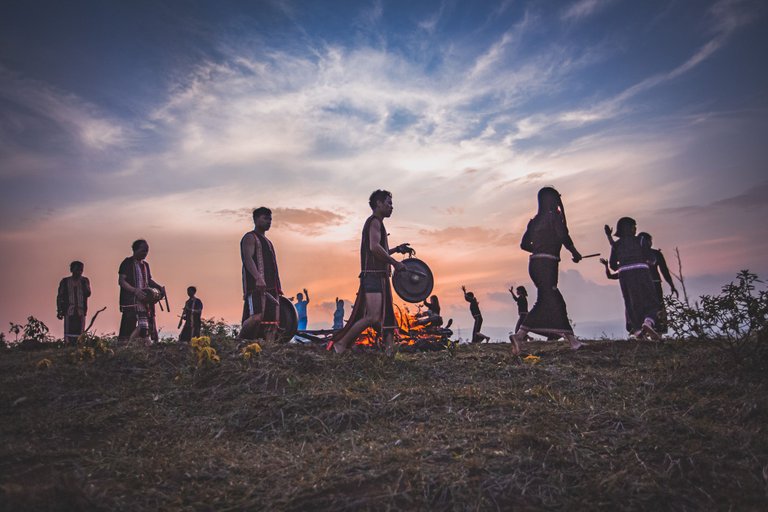
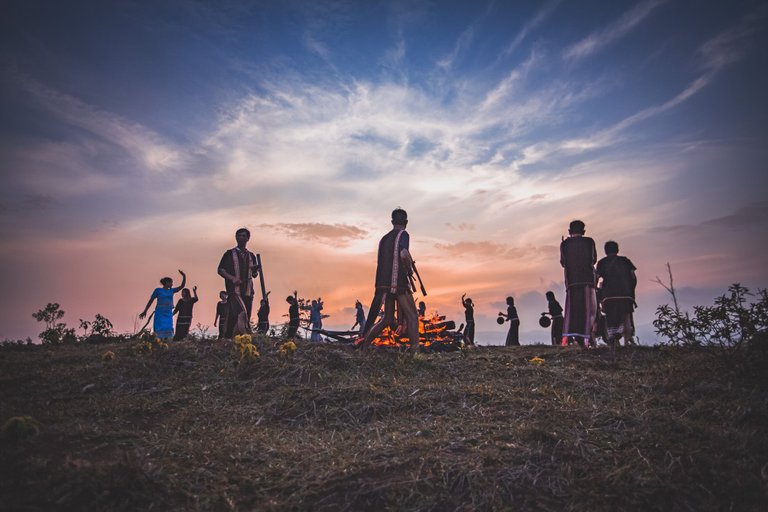





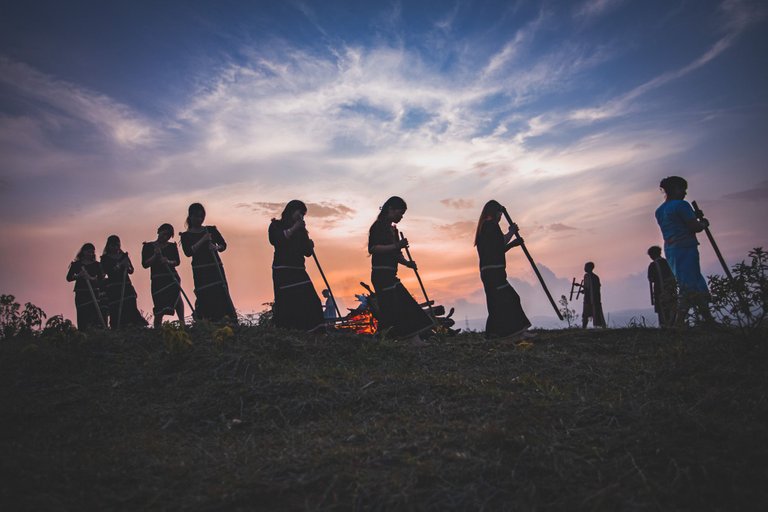

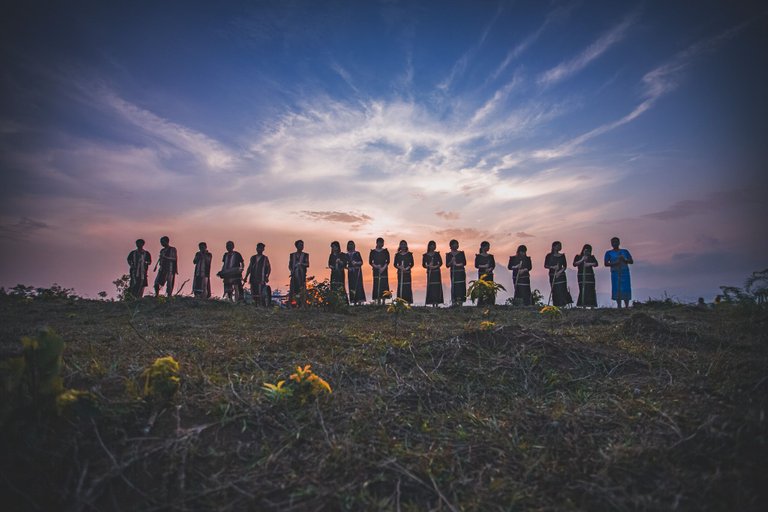
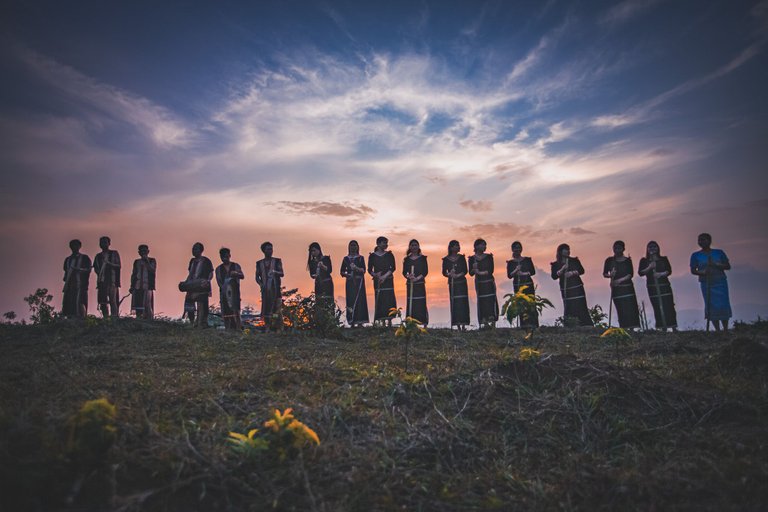
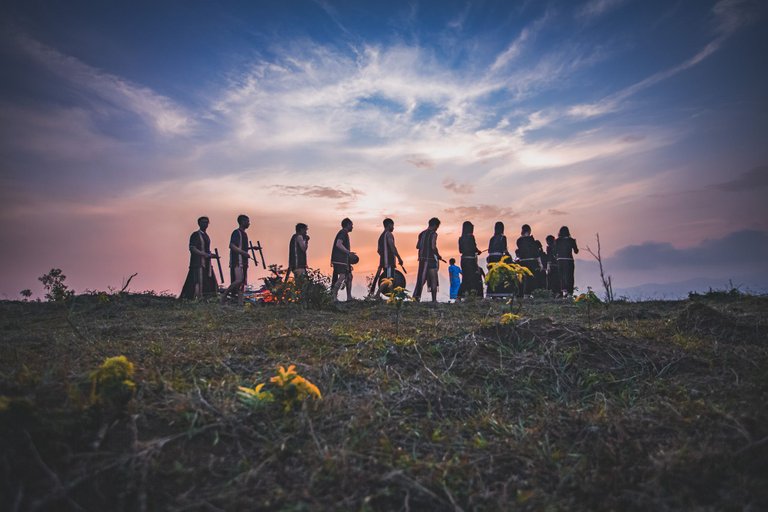



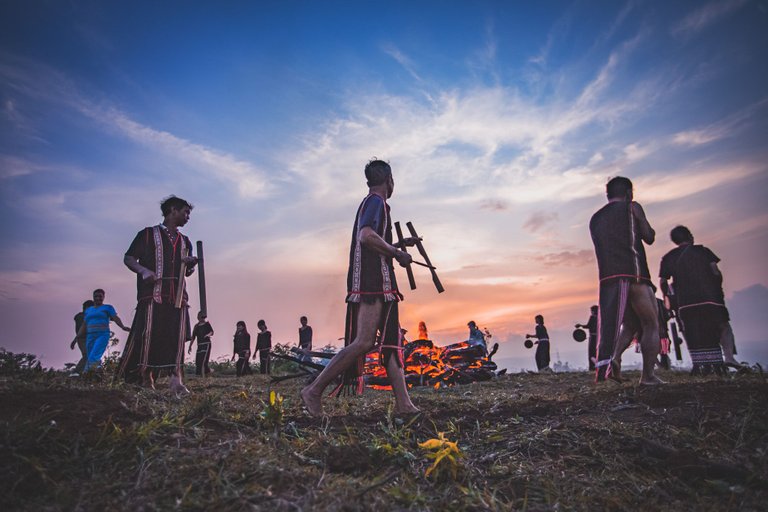


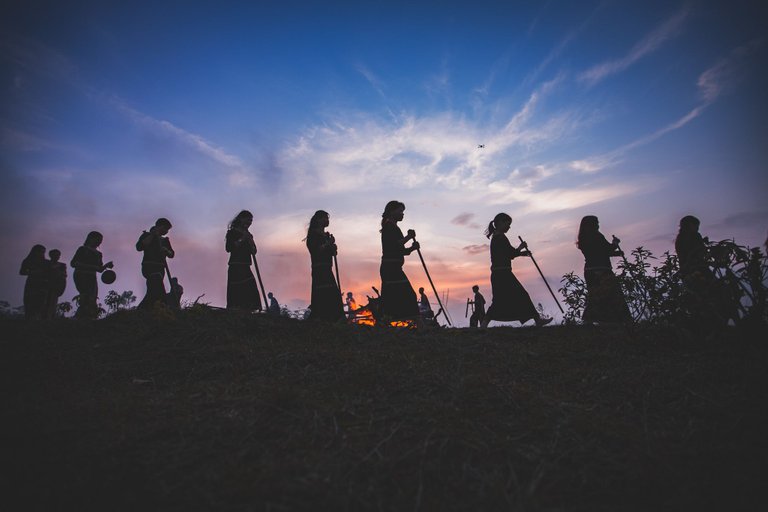
Sorry if my post is long and contains many photos, I hope you enjoy my post, the photos and know more about the space of gong culture in the Central Highlands. Thank you for taking the time to read my post and have a nice day.
| Platform | Links |
|---|---|
| Website: | https://mangdendiscovery.vn/ |
| Facebook: | https://www.facebook.com/Imdodohere |
| Fanpage: | https://www.facebook.com/hellomangdendiscovery |
| Instagram: | https://www.instagram.com/dodo.balo/ |
| Twitter: | https://twitter.com/dodovietnam1 |
| Shutterstock: | https://www.shutterstock.com/vi/g/dodovietnam |
| Adobe Stock: | https://stock.adobe.com/contributor/211048186/dodovietnam |


